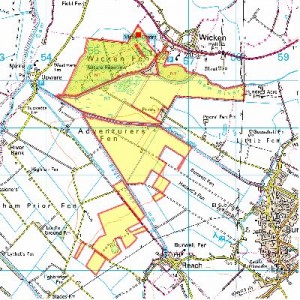A sharp knife is an essential element in the preparation of many vegetables, a fact as true 2 million years ago as it is today. Results from the recent meeting of the Paleoanthropology Society, reported in Science, indicate that the people who occupied the site of Kanjera South in Kenya carried stones that held an edge better from at least 13 kilometres away. Thomas Plummer of Queens College in New York and David Braun of the University of Cape Town found that a third of the stone tools at Kanjera came from elsewhere, and that these stones made longer-lasting knives than local material.
What were they using the knives for? To butcher animals, obviously, but also to cut grass and to process wild tubers. Cristina Lemorini of La Sapienza university here in Rome showed that the pattern of wear on the ancient tools matched the wear on modern stone tools used by the Hadza people of Tanzania to process plant material. In particular, using the stone knives to cut the underground storage tubers of wild plants left a pattern of grooves and scratches that was identical on modern and two-million year old stones.
Why tubers? There have been lots of theories about the role of plant tubers in the evolution of humanity, most of which hinge on the energy to be obtained from tubers, especially when times are hard. Margaret Schoeninger, of the University of California, San Diego, floated an intriguing new idea at the meeting. She noted that most of the tubers provide scant energy, and that modern Hadza chew on slices of tuber but don’t swallow the fibrous quid. Measurements show that panjuko (Ipomoea transvaalensis) and makaritako 1 can be up to 80% water. Schoeninger thinks that early humans used the tubers as portable canteens.
That might raise the question: why weren’t they domesticated? That’s an unanswerable hypothetical, but the simple answer might be that there was just no need to.
